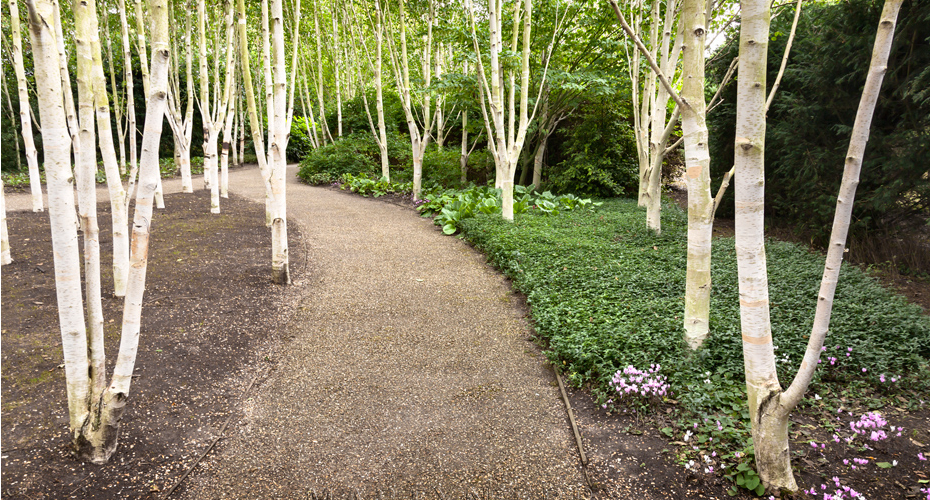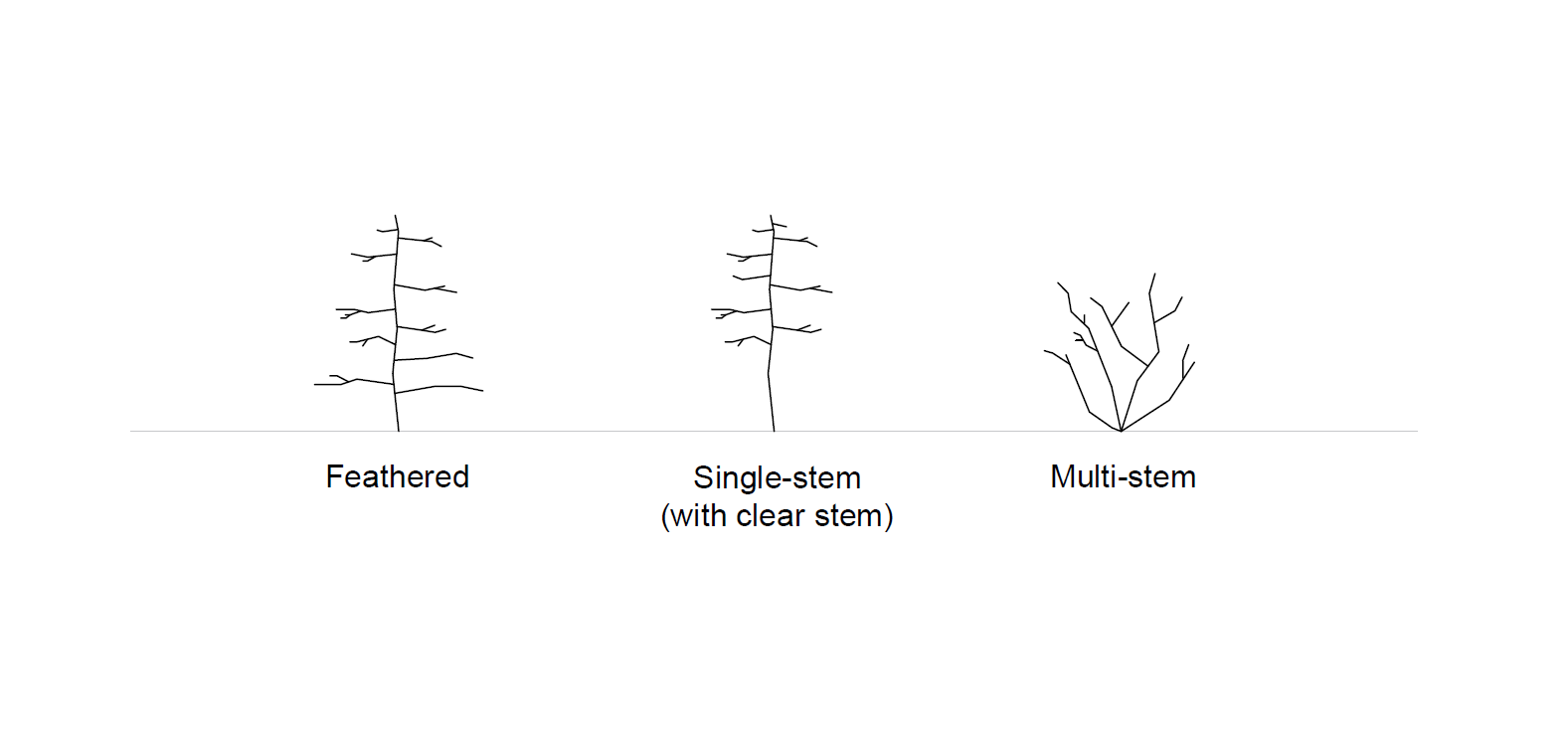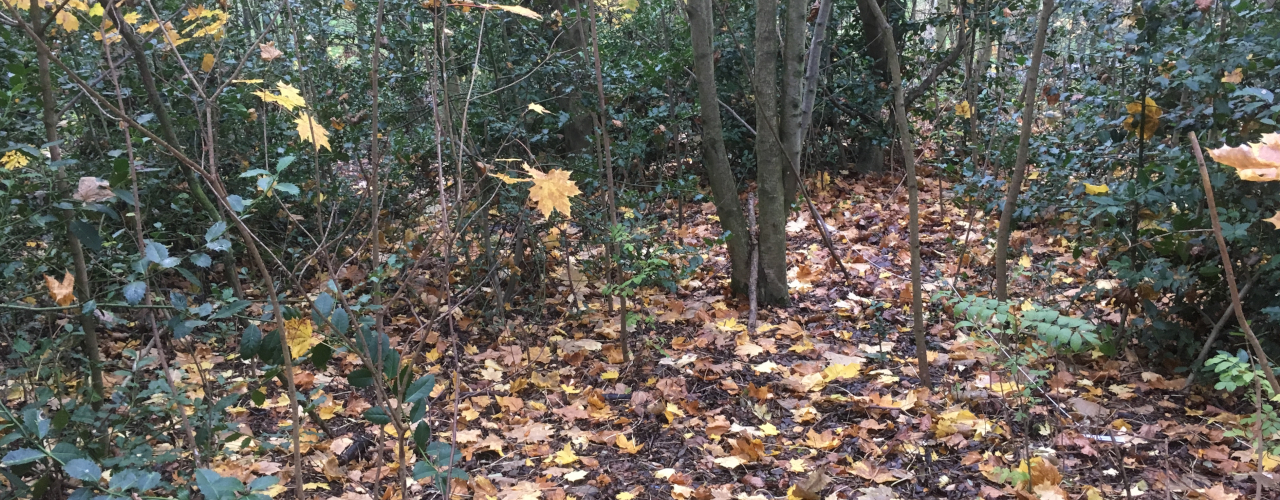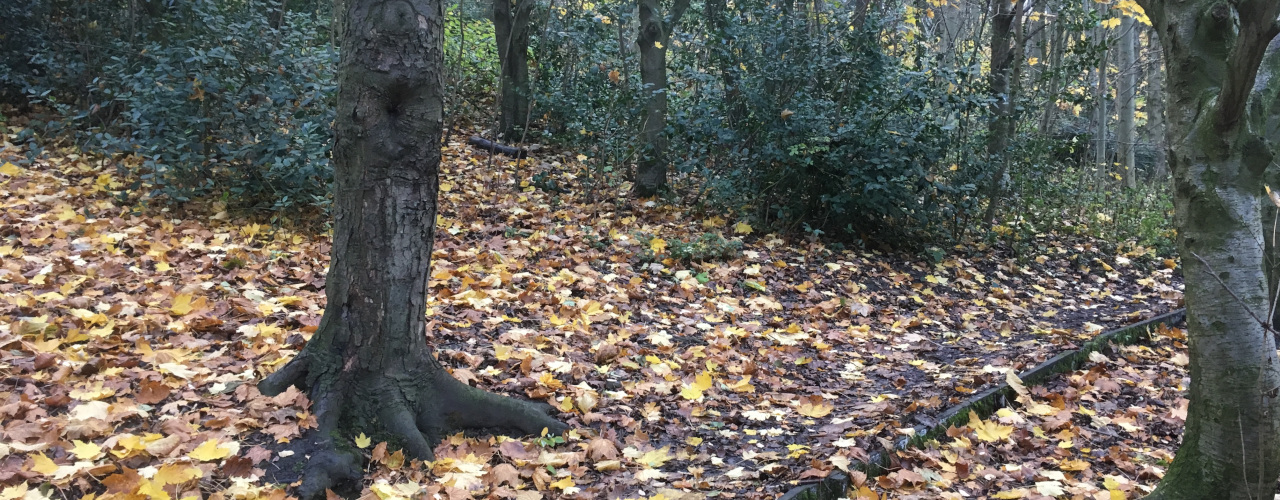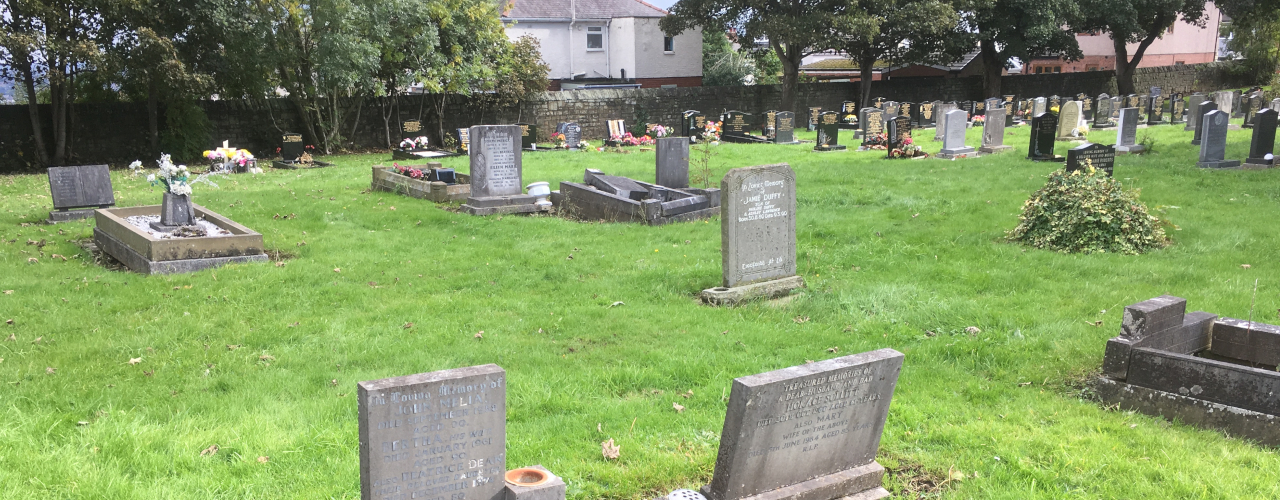Designing With Tree Bark (Part 2) - Specification
So it’s all well and good being able to identify trees by their bark, but how can we use this information to inform our landscape design?
Through repetition of complimentary textures, trees can be grouped together in the landscape to accentuate their characteristics. For example, using a palette of exclusively peeling bark trees will provide a pleasantly obvious, but unique sense of cohesion within the landscape.
Using a polyculture of species with similar characteristics provides the benefits that could be obtained from a monoculture of species i.e. a sense of unity/cohesion, but without the drawbacks of increased risk of landscape damage from pests/diseases; as well as overall having greater biodiversity.
(Image source: Martyn Ferry)
This concept is not only limited to tree bark, it can apply to foliage, flower colour or even plant habit to create cohesive palettes of plants.
Through contrast, the relative smoothness and roughness of the trees can be accentuated for added interest. For example, by proposing a Platanus x hispanica tree with its smooth bark next to a tree with rough/fissured bark such as Juglans nigra.
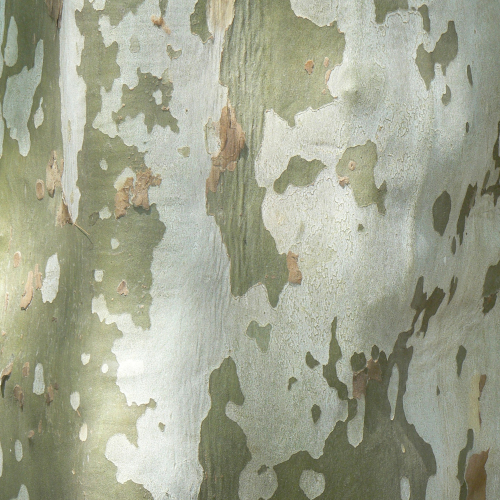
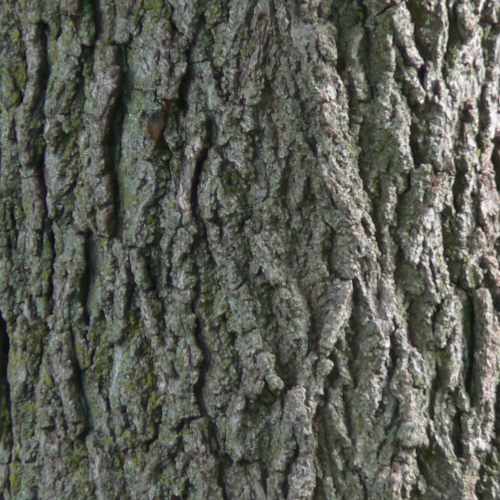
Amongst trees with unexciting tree bark, consider using a specimen tree with exceptional bark interest to pull focus towards it – especially within the winter months when bark is exposed.
Tree Specification
There are a few ways to specify trees with bark interest to maximise the visual impact of the bark:
- Avoid specifying as feathers, as the foliage will obscure the trunk for a large portion of the year (if not all for evergreen species)
- If planting as a single-stem tree, specify it as having at least 175cm (if not 200cm) of clear stem, for a clear view of the trunk for pedestrians
- Maximise bark visibility by specifying as a multi-stem tree, as more stems = more bark impact
- Ideally choose a deciduous species, so that within the winter months the bark is exposed and not overshadowed by foliage
- If planting shrubs around the base of the stem, make sure they are relatively small and do not obscure too much of the trunk
- Avoid planting ivy or other vigorous self-clinging climbers nearby, as they could completely obscure the bark
